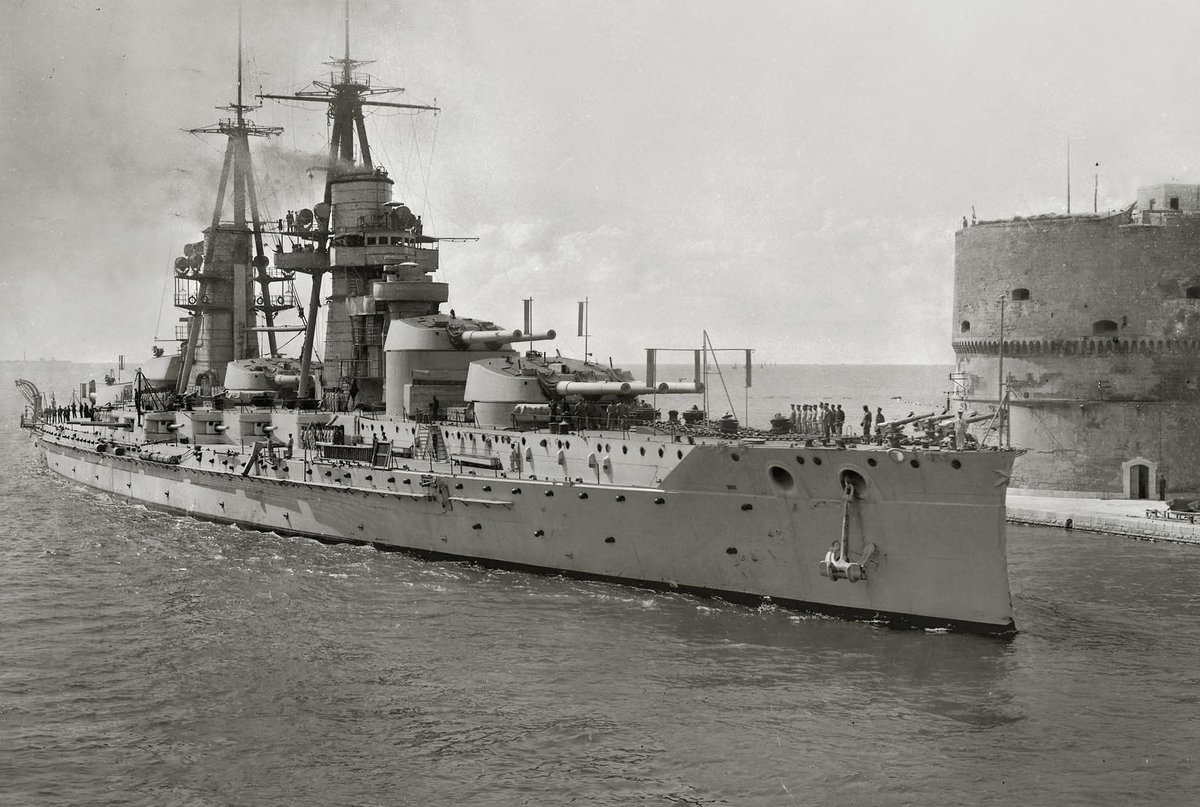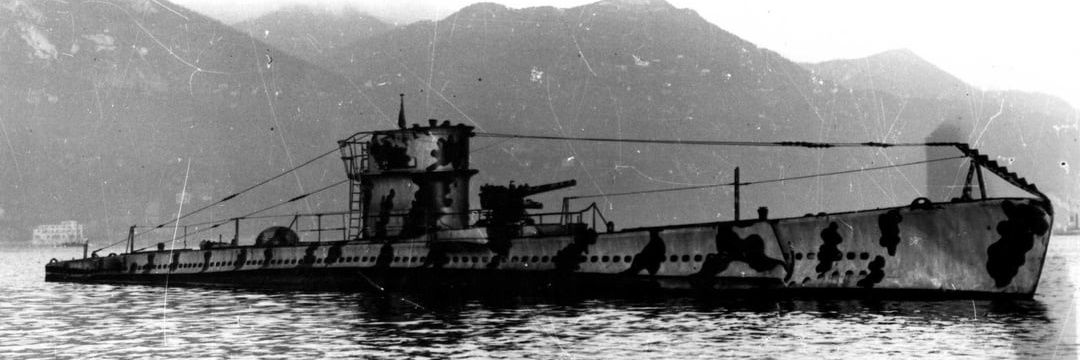
Navy General Board
@thegeneralboard
Examining naval history and maybe some current events.
Ironically, the US and Italian Navies were largely in agreement so far as the data went during the interwar years. Both conducted extensive testing and determined that incoming shells could be defeated by degrading the performance of shell through bending, decapping, inducing…
Regia Marina: *laughs in variable-face-thickness Terni cemented armor* 😉
The battleship USS Colorado undergoes construction at the New York Shipbuilding Corporation yard on 30 September 1921. She had been launched earlier that year on 22 March 1921and was still about two years away from being ready for commissioning.
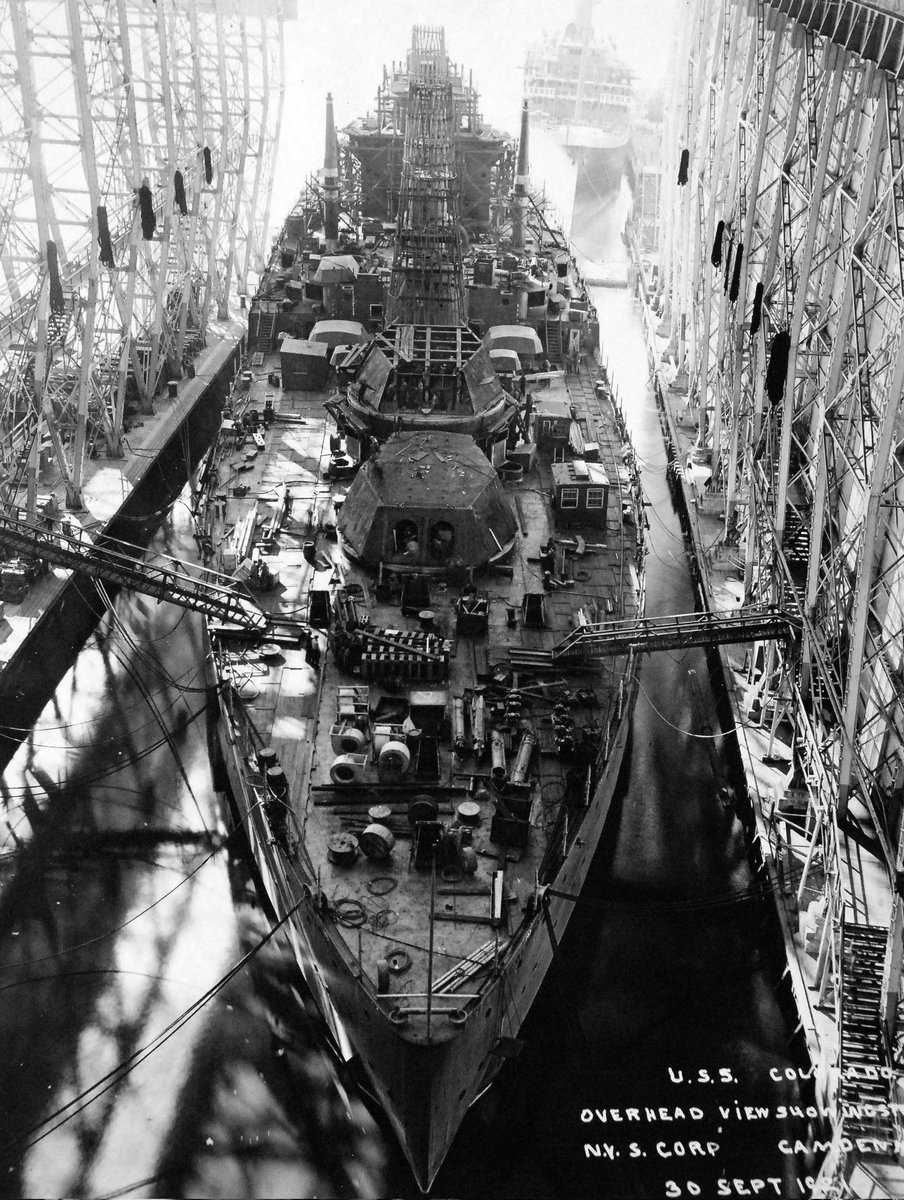
I can see where you are coming from, but I think it omits some bits of important information. 1)Poor Armor Quality An older arguement from the days when you had three different armor manufacturers (Carnegie, Midvale, Bethlehem) for the United States Navy. This really only…
So, the Iowas took a step back from the trend of improving horizontal penetration and preferred to obtain better performance at short and medium distances.
The Japanese battleline conducting exercises during the interwar years. The Nagato class battleships are leading the formation with Mutsu said to be following her sister Nagato. Three more battleships of the Fusō and Ise classes are brining up the rear of the formation.
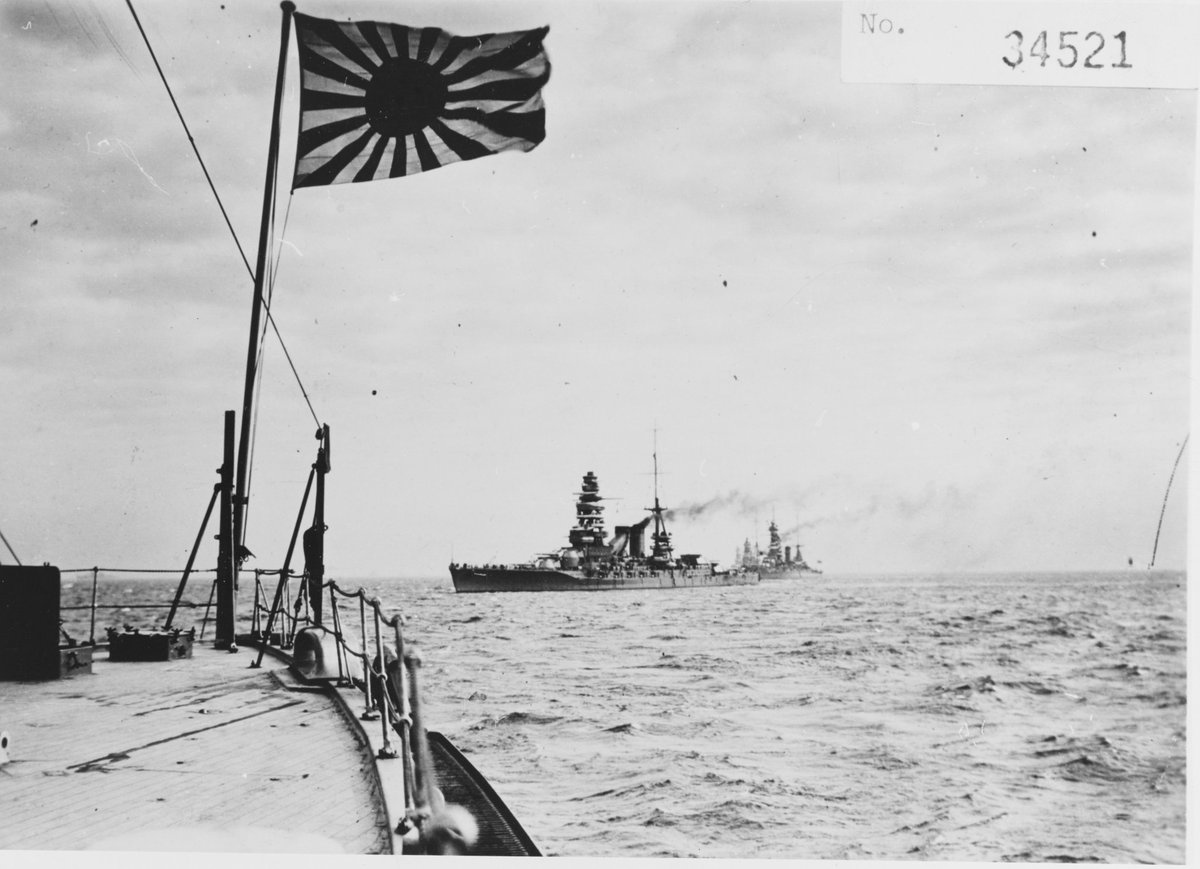
The limitations are what the shell hoists can handle, which is why the older Colorado class could never accomodate the SH Mark 8 shells. The other factor is that the longer the shell, the more susceptible to bending forces. While you could produce an even heavier shell, there…
I wonder how much heavier, say, a 16-inch shell could theoretically have been made. Sure, the compromise would have been muzzle velocity, range, and wear on the guns themselves, but I wonder what a hypothetical 5,000 pound shell might have been able to do.
Honestly, the more I've read about the impact that Super Heavy shells had on the US Navy, from armor development to battleship design, the more I realize that these were some truly spectacular weapons. There was already a general trend towards heavier shells during the interwar…
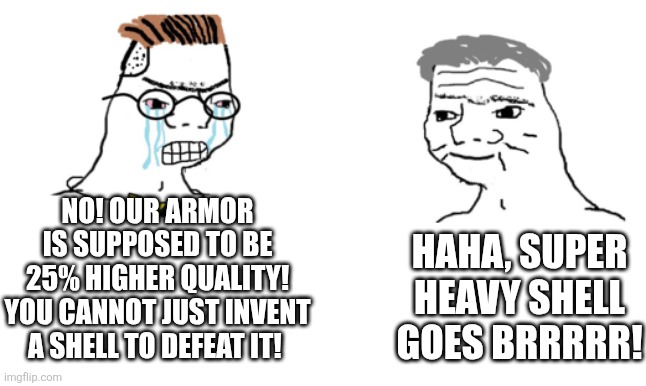
The bow of the battleship USS New York (BB-34) plunging into swells as she pushes through heavy seas in the Atlantic in March of 1943. New York was escorting a Convoy from Casablanca at the time of the photograph.
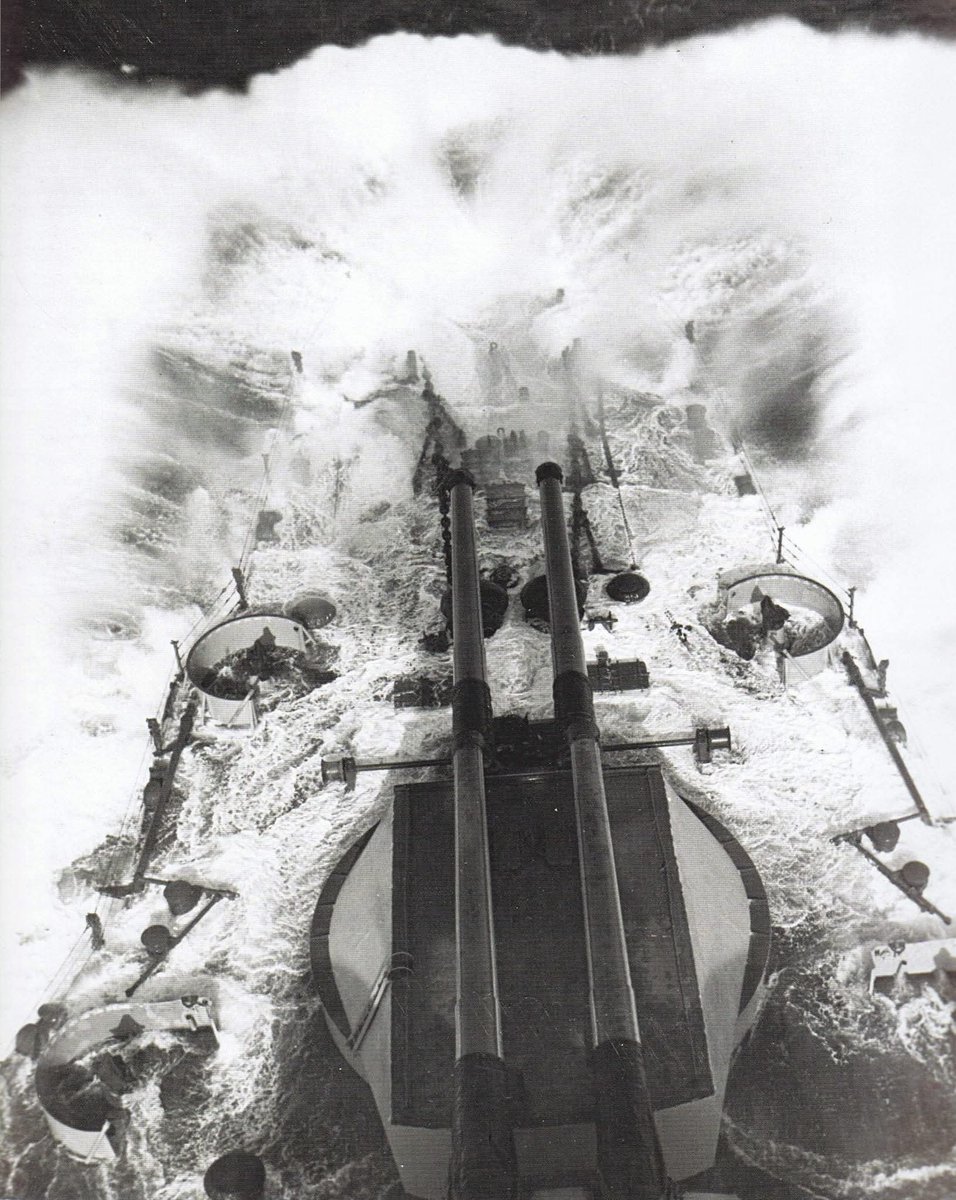
The battleship USS New York (BB-34) sits off Spithead for the Fleet Review for the Coronation of King George VI in May of 1937. Admiral Hugh Rodman traveled aboard her to serve as the President's personal representative for the event. A Nelson class battleship can be seen just…
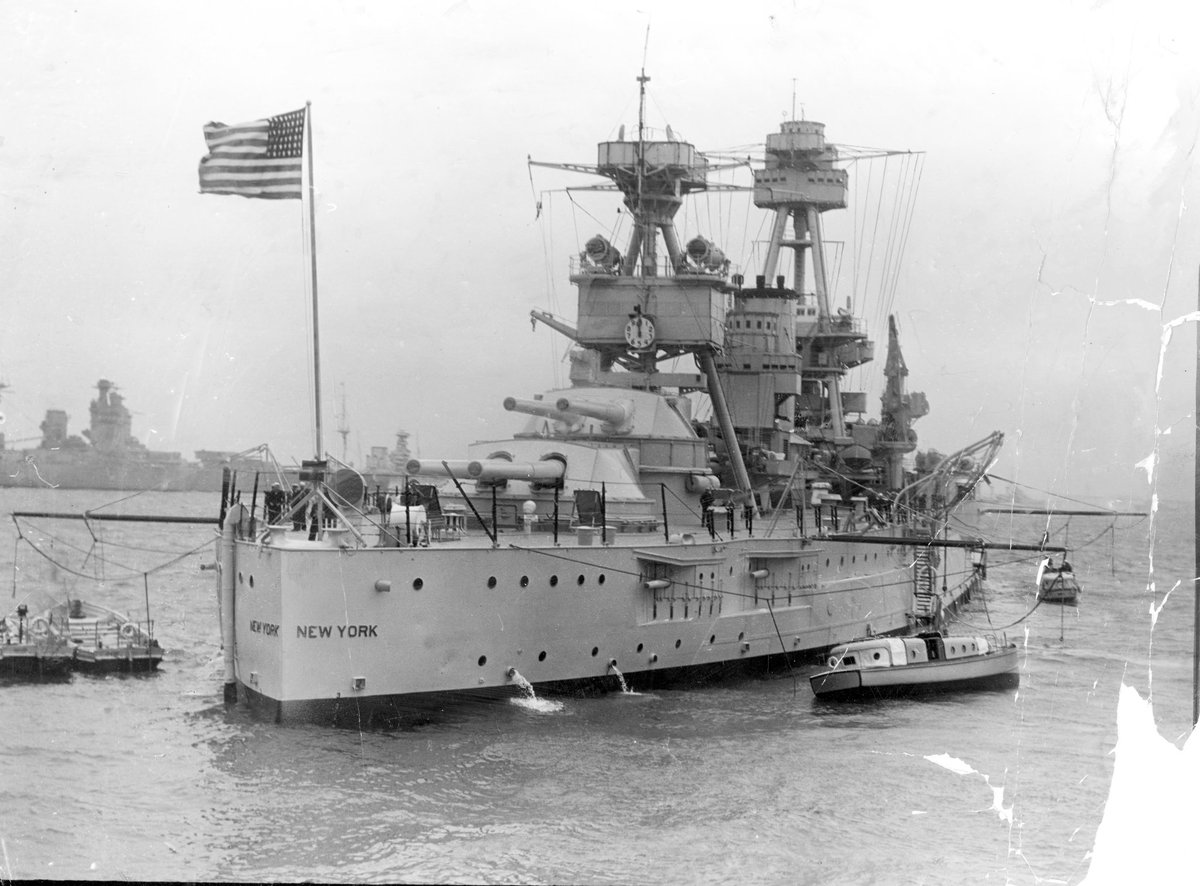
An amazing photograph capturing a meeting between HMS Dreadnought and HMS Victory at Portsmouth in 1906. Dreadnoughts being namesake of the dreadnought battleships while Victory was famously the flagship of the Royal Navy fleet at Trafalgar. The photo caption notes the 100 year…
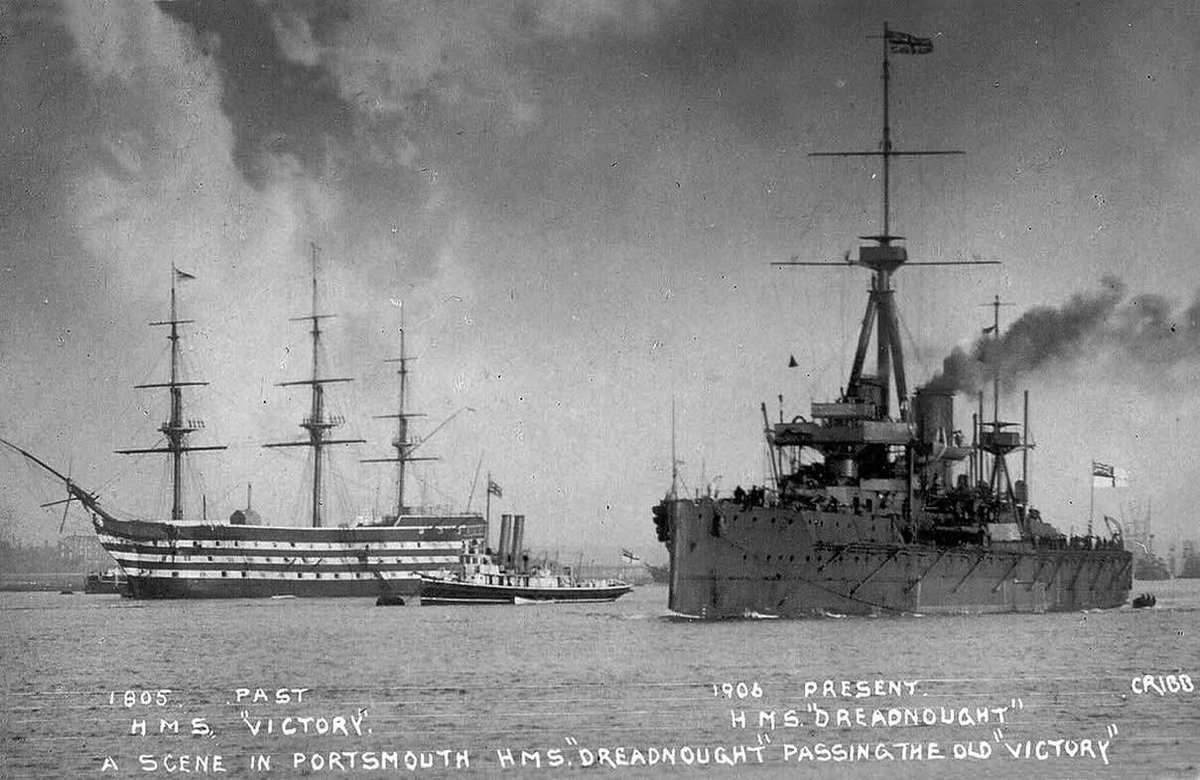
Just like the Conte di Cavour class, the Duilio class also used a flexible mounting system for the 76mm (3") Model 1909 guns. The Duilio class did utilize the same battery of 76mm (3") guns for providing protection against enemy torpedo boats. They were somewhat more important…
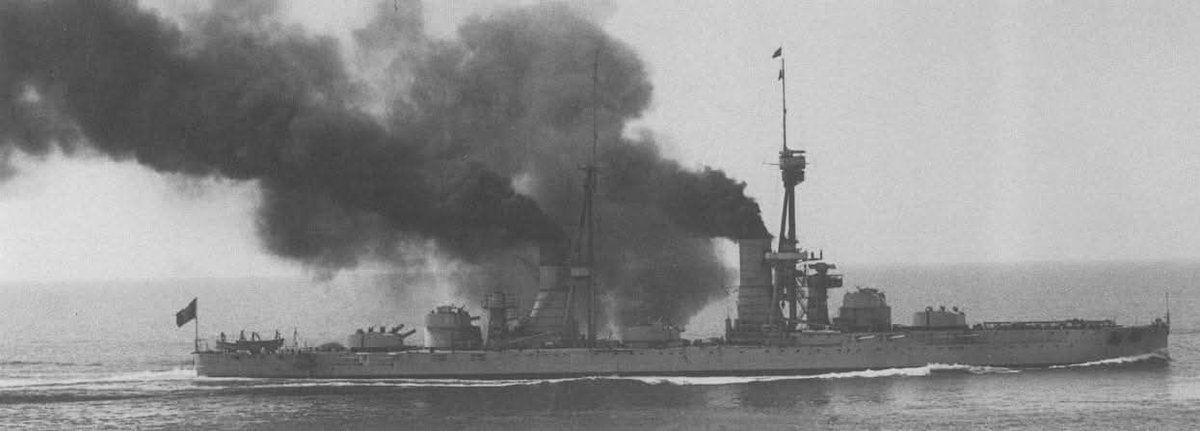
The Italian dreadnought Conte di Cavour steams into Taranto. Of particular interest are the cluster of three guns at her bow. These were 76mm (3") Model 1909 guns, Italian guns built to a British design (Vickers QF 14-pounder). The guns were equipped for anti-torpedo boat…
